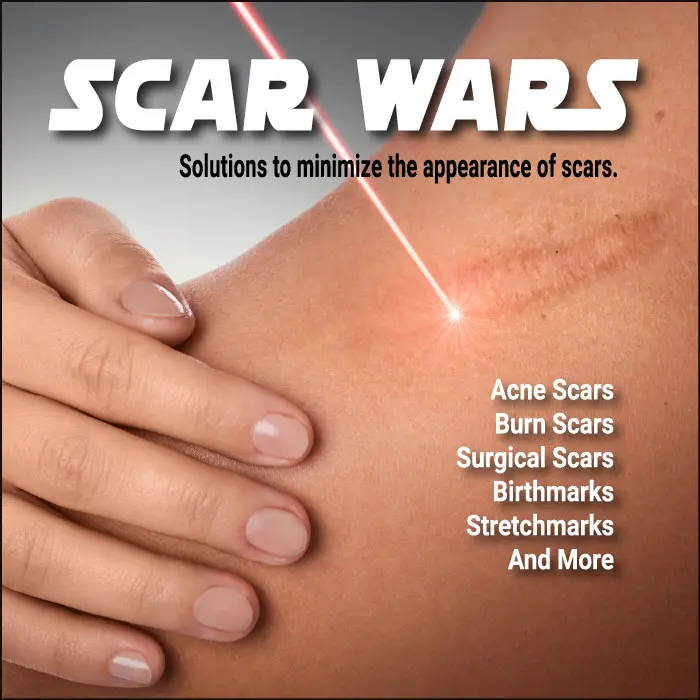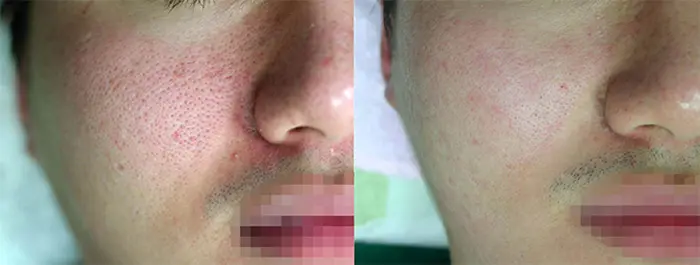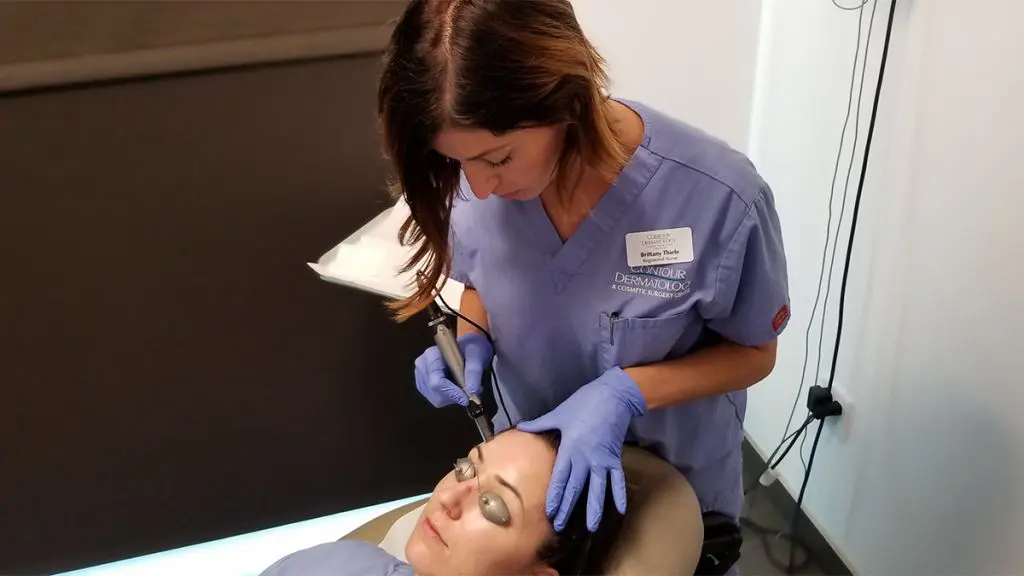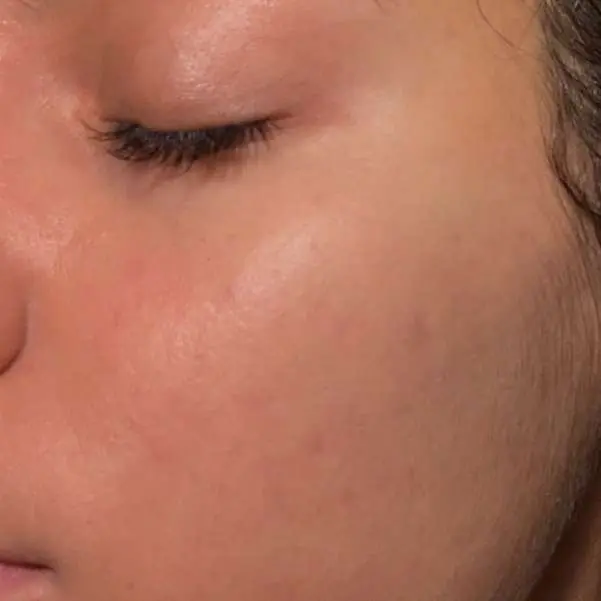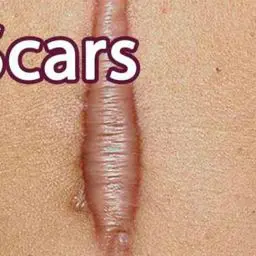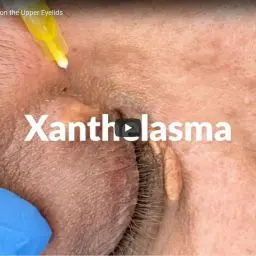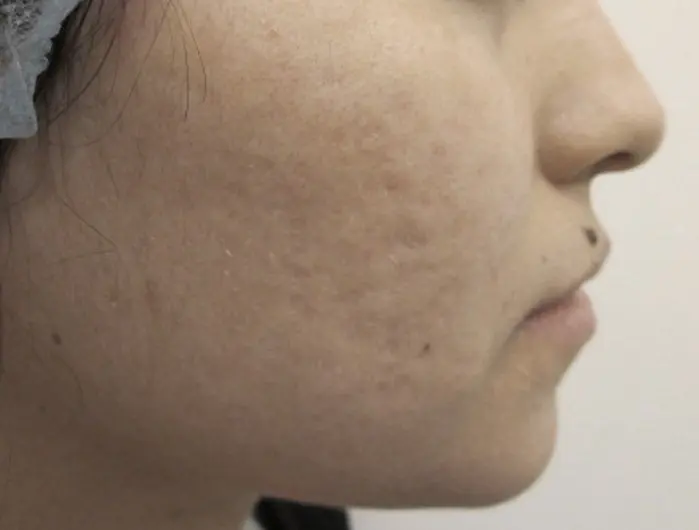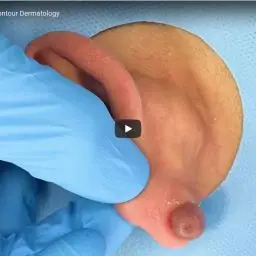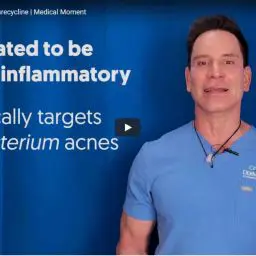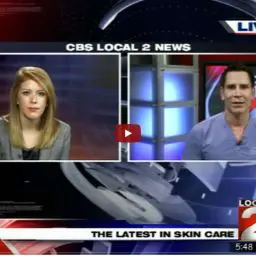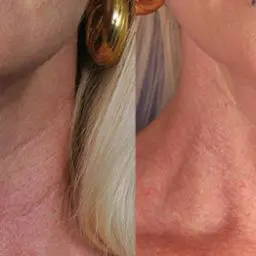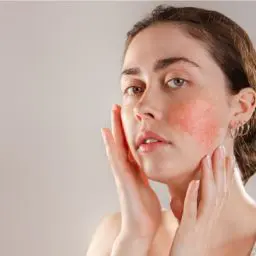Solutions for Scars
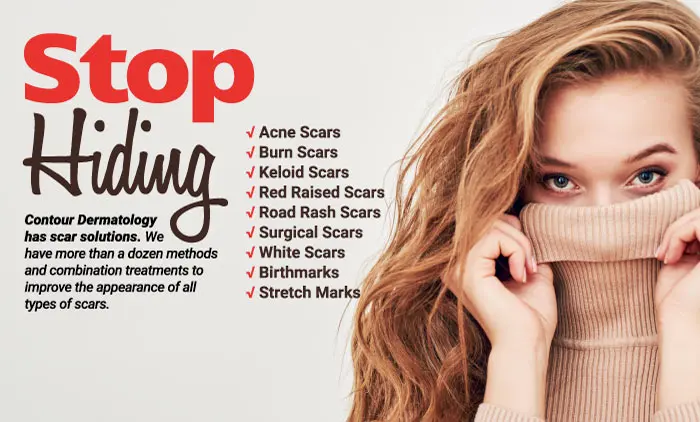
Solutions for Scars

Some Scars are more visible than others
We all have scars. Some are just more visible than others. Sometimes visible scars can create wounds inside as they affect a person’s image of themselves. At Contour Dermatology, we have great compassion and are sensitive to the battle scars can present.
Scars are a complicated topic. There are dozens of types of scars and different manifestations from even similar injuries. Some scars are white. Some are red. Some bulge out from the boundaries of the initial wound and become what’s known as a keloid scar. There is no one-kind-fits-all treatment. Treatment is based on the type and severity of the scar. But fortunately, we have many ways to improve the appearance of scars and in many cases we can make it look like it never happened!
Click here to read a very detailed article about the various types of scars and the best treatment options for each and/or combination of treatments that are effective.
A Round-Up of Some Scar Treatment Options and Applications
Chemical Peels – TCA (trichloroacetic acid) chemical peels for acne scars and hyperpigmentation
Cryotherapy – a freezing therapy using liquid nitrogen for smaller keloid scars.
Dermabrasion – a procedure that removes top layers of skin, in effect “sanding down” acne scars. Treats hyperpigmentation as well.
Dermapen – a form of microneedling, effective on hypertrophic and atrophic scars.
Dermaroller – a form of microneedling, effective on hypertrophic and atrophic scars.
Fillers – Restylane, Perlane, Juvéderm, Radiesse or Fat Transfer used to plump up atrophic (depressed) scars, as in the case of acne, also stretch marks.
Lasers – Fractional CO2, Fraxel®, Smoothbeam, Vbeam®, IPL, Medlite C6 lasers for hypertrophic and atrophic scars including those related to acne, stretch marks and hyperpigmentation
Latisse – used in combination with fractional laser therapy has shown promise on hypopigmented scars
More Scar Treatment Options
Retin-A – A topical derivative of vitamin A available by prescription only. Most effective against shallow acne scars and post-inflammatory hyperpigmentation. Stimulates the production of collagen. Can be helpful in relieving the pain and itching associated with keloids and hypertrophic scars.
Steroid Injections – a variety known as Kenalog is used to flatten out hypertrophic and keloid scars.
Silicone Sheeting – reduces keloid and hypertrophic scars including surgery scars from tummy tucks, breast augmentation or reduction and other cosmetic and non-cosmetic procedures such as C-section.
Surgical Excision – in the case of keloid scars, where an incision is made and the scar is cut out.
Punch Grafting – For depressed acne scars. A technique where the scar is cut out, then a skin graft, usually taken from behind the ear, is used to fill the void.
Punch Elevation – For depressed acne scars. A technique where the scar tissue is pinched, the base of the scar raised and the surrounding tissue sutured to seal off the site.
Topical Creams – Prescription varieties:
- Aldara Cream has been shown to decrease the reappearance of surgically excised keloids.
- 5-Fluorouracil Cream (5-FU) – typically used to treat skin cancers, it decreases collagen production and has proven helpful on some hypertrophic scars.
- Mederma, a gel based on an onion extract. Its marketing claims to make make scars “softer, smoother and less noticeable.
- Bleaching Creams – a variety exist on the market to help diminish hyperpigmented scars.
- Vitamin E – Special Note: Studies have shown that topically applied vitamin E does NOT help in improving the cosmetic appearance of scars and leads to a higher incidence of an allergic reaction known as contact dermatitis.
Vermadermabrasion – a form of dermabrasion that uses a vibrating paddle.
Transforming Results of Scar Treatment

Acne Scar Treatment Before & After
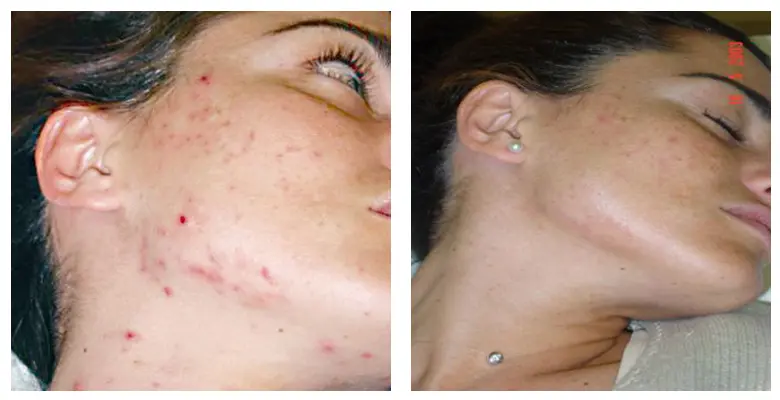
Acne Scar Treatment Before & After


